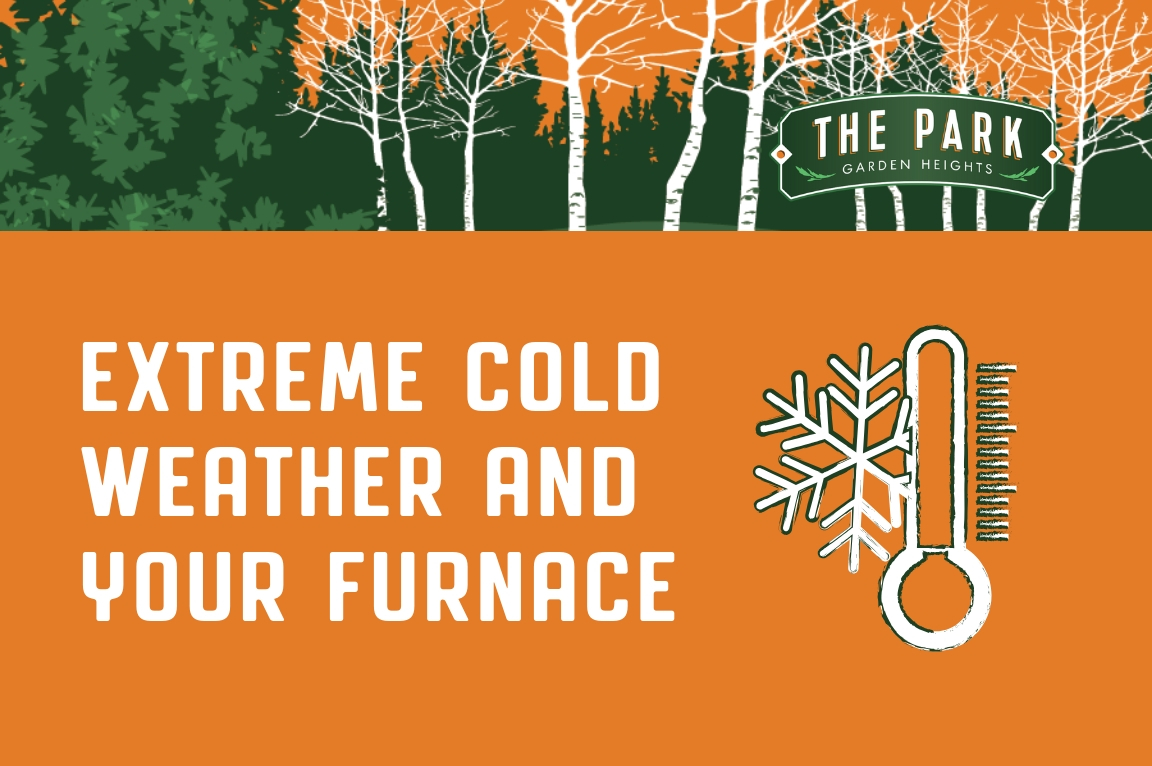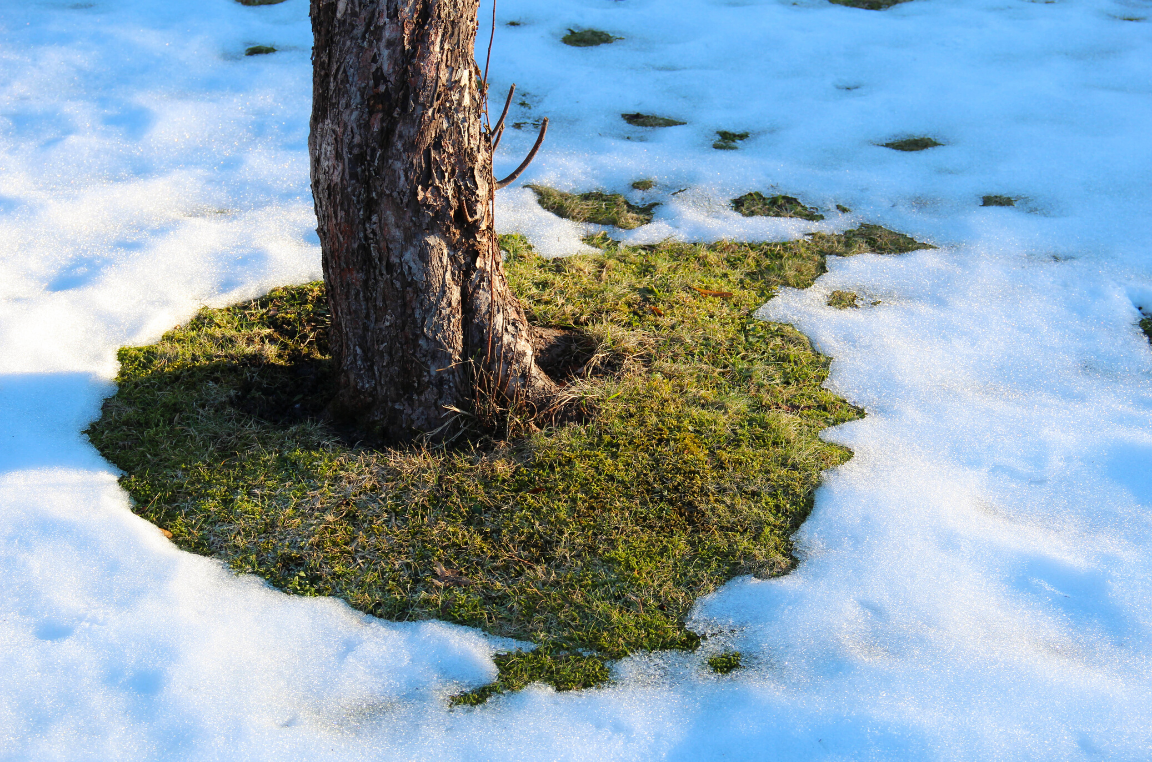
The Banff at 17 Gair Close – Quick Possession Bi-level Home
February 1, 2019
Luxury Vinyl Plank Flooring
February 18, 2019
Welcome to a polar vortex! With this kind of extended cold weather comes the possibility of furnace exhaust vents freezing over. To understand why this can happen, an explanation regarding high-efficiency furnaces will be helpful.
First of all, there are a lot of benefits to high-efficiency furnaces. Obviously, they cost substantially less to run, but also they run more quietly, and with lower temperature & fan speeds than conventional mid-efficiency furnaces. This helps to keep a home at a more constant temperature, with less disturbance than with the conventional furnaces.
What makes the new furnaces more ‘efficient’ than the older ones, is that they essentially turn more of the embodied energy in the natural gas into heat that goes into your home, as opposed to heat that gets exhausted to the great outdoors. This means it uses a lot less natural gas, which is great on the pocketbook, but there is one drawback.
Since most of the heat is going into the home, virtually none of it is being exhausted through the vents. All furnaces need to be vented to the exterior because the combustion of the gas that is burned, creates combustion gases, which would be harmful to the occupants. With the newer high-efficiency furnaces, not only are they efficient at converting energy into heat, they also burn a lot cleaner than older models, with the primary combustion products just being water vapour and carbon dioxide, which is nearly perfect combustion. There is still a very small amount of heat that is exhausted, with the result being that the exhaust comes out just a little above room temperature. If you have ever put your hand over your furnace exhaust in cold weather, you’ll know it’s somewhat akin to breathing on your own hands outside. It’s warm and moist, but certainly not hot.
This is why all furnace vents now are made of PVC, since they aren’t required to hold up to extremely high temperatures, and also why, wherever possible, they are vented through exterior walls, and not through the roof. There’s no concern with exhaust gases or vent pipes burning or melting building components (or unsuspecting people!). Older furnaces had to be vented through double walled metal pipes (B-vents), up through a roof- with sufficient clearance from all combustibles. That created some excessive costs for the material and labour to vent the furnaces. On the other hand, because the exhaust was so hot, it literally never froze over. The metal and gases were just too hot for ice to form.
With the modern PVC vents, theoretically, they shouldn’t freeze either because the force from the furnace fan should be moving the air too fast for this to happen. But we all know how things don’t always work out in the real world and sometimes, just sometimes, it happens anyway. Usually, it’s due to an unfortunate combination of wind & orientation, which creates enough back pressure on the vent termination, that the relatively cool, moisture-laden air isn’t quite moving fast enough to be immune to freezing at extreme temperatures.
And of course it only every happens at literally the worst time it could…when you really need your furnace! As soon as the exhaust fan is blocked with ice the furnace will automatically shut down as a safety feature (to prevent combustion gas infiltration). It usually becomes noticeable pretty quickly in temperatures that cold, as even the most energy efficient homes lose heat quickly through conduction at windows, and through convection every time a door opens.
There is good news though! It’s really super easy to fix, and because the exhaust pipes are usually vented through the walls, they’re easily accessible. All you need to do is take something like a hammer & flat blade screwdriver, chisel, butter knife, etc, and gently tap around the end of the vent pipe to loosen the ice, and either pry or knock it out. It usually comes out in one piece but you may need to break it up a bit first. With most furnace models, soon after this is done, the furnace will fire back up automatically. Other furnace models may need to be manually restarted (just flip the switch on the furnace off for a few seconds and then back on).
You can always call on any qualified heating contractor to do this for you, but in extremely cold weather, there are bound to a lot of no heat calls (often due to frozen vents) and very long wait lists. So our advice for the worst few weeks a year is to just pay attention and jump on it really quickly, then head back inside for some hot chocolate.
To learn more about The Park townhomes or see our 3 showhomes, visit us at 13 Golden Crescent in Garden Heights. We’re open 7 days-a-week 12 – 6 pm.
Sales Representative: Kevin Schreder, 403-588-2392



